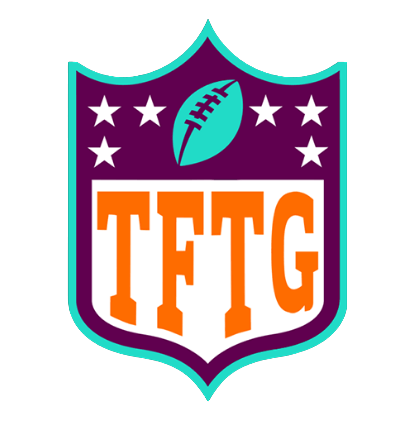THE NFL DOUBLE EDGED SWORD OF INJURIES
The National Football League (NFL) has witnessed a complex relationship between rule changes, advancements in equipment, and the incidence of injuries throughout its storied history. While the league has made notable strides in enhancing player safety, it has also faced the unintended consequence of certain changes contributing to increased injuries. This article explores the nuanced history of injuries in the NFL, considering both the impact of rule changes and advancements in recovery techniques on injury rates.
The Early Days: A Brutal Beginning
The NFL’s early days, dating back to the 1920s, were characterized by a brutal, uncompromising style of play. Minimal protective gear, combined with a lack of safety regulations, resulted in frequent and often severe injuries. Players bore the brunt of the physicality of the game, and injuries were commonplace.
Advancements in Equipment
Over time, protective equipment became more advanced and widespread. Helmets, introduced in the 1930s, incorporated padding and facemasks, significantly reducing head injuries. Shoulder pads, knee braces, and other gear saw notable improvements. While these advancements mitigated certain injuries, they couldn’t prevent them entirely, and in some cases, they inadvertently led to different types of injuries.
Rule Changes: Unintended Consequences
The NFL’s commitment to player safety led to a series of rule changes, but not all of these changes produced the intended results. Some rules aimed at reducing one type of injury inadvertently contributed to an increase in others. Key rule changes with unintended consequences include:
1. **Helmet-to-Helmet Hits**: Rules penalizing helmet-to-helmet hits have led to changes in tackling techniques. While this has reduced concussions, it has also resulted in an uptick in lower extremity injuries as players aim lower to avoid head contact.
2. **Kickoff Rules**: Alterations to kickoff rules, designed to reduce high-impact hits, have led to an increase in non-contact injuries, such as muscle strains and sprains, due to the change in gameplay dynamics.
3. **Roughing the Passer**: Stricter roughing the passer rules have unintentionally placed more emphasis on speed and agility among pass rushers, potentially increasing the risk of non-contact injuries.
Advancements in Medical Care: A Dual-Edged Sword
While advancements in medical care have undoubtedly aided player recovery, they have also raised concerns. Some aspects of these advancements have had unintended consequences:
1. **Overtraining and Overuse Injuries**: Advanced recovery techniques, if not managed correctly, can lead to overtraining and overuse injuries. Players may push themselves too hard in pursuit of quicker recoveries, leading to strains and fatigue-related injuries.
2. **Enhanced Performance**: While recovery methods are intended to heal injuries, they can also enable players to return to the field sooner, sometimes risking re-injury or exacerbating existing conditions.
Conclusion
The history of injuries in the NFL is a complex narrative, shaped by a delicate balance of rule changes, equipment advancements, and medical care developments. While the league has made strides in improving player safety, it has also grappled with unintended consequences. As the NFL continues to evolve, finding the equilibrium between enhancing safety and managing the risk of new injury patterns remains a challenge. The league’s commitment to ongoing research and a holistic approach to player health will be essential in addressing these issues and ensuring the long-term sustainability of the sport.

